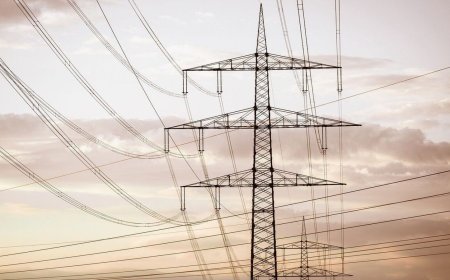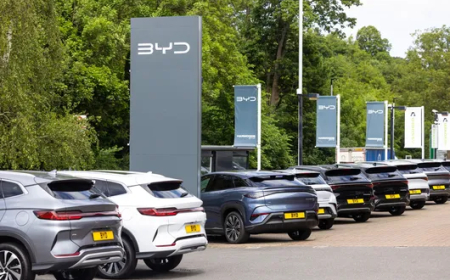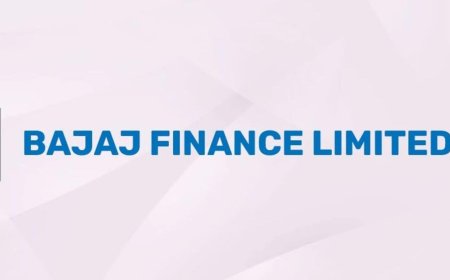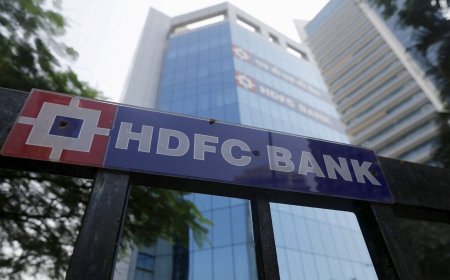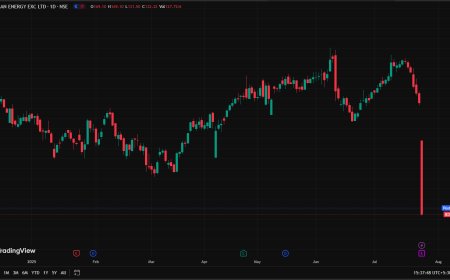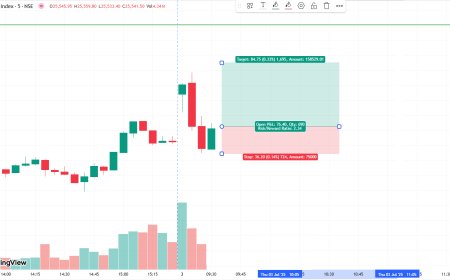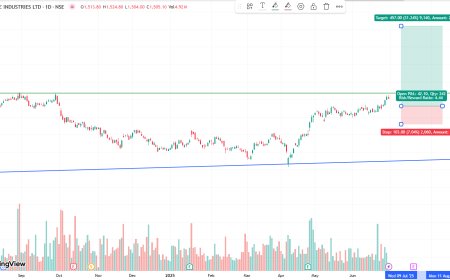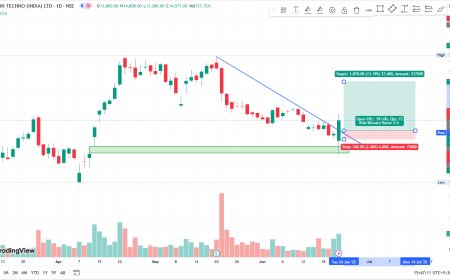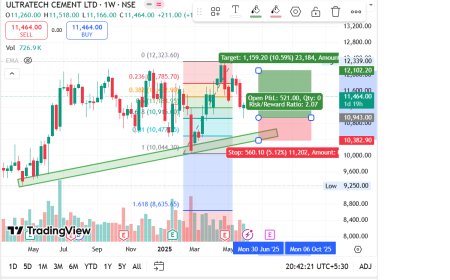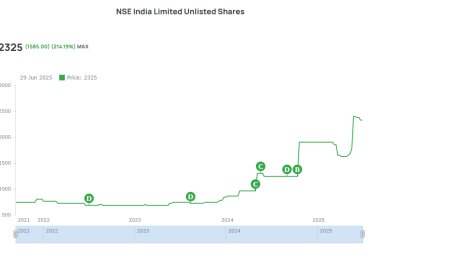Ola Electric Q4 Results: Net loss more than doubles to ₹870 crore
Ola Electric reports a Q4 FY25 net loss of ₹870 crore, up from ₹360 crore last year. The EV major is investing heavily in R&D and capacity ahead of its IPO.

Introduction
Bengaluru, May 30, 2025 — Ola Electric has reported a steep widening of its net loss for the fourth quarter of FY25, with the figure more than doubling to ₹870 crore compared to ₹360 crore in Q4 FY24. The EV major attributed the surge in losses to heightened investments in research & development, manufacturing expansion, and operational scale-up as it gears up for its highly anticipated IPO later this year.
While revenue showed modest growth, the loss spike signals a larger strategic shift toward long-term positioning in India’s rapidly evolving electric vehicle (EV) ecosystem.
Q4 Financial Snapshot
-
Net Loss (Q4 FY25): ₹870 crore (vs ₹360 crore in Q4 FY24)
-
Revenue: ₹410 crore (vs ₹310 crore in Q4 FY24)
-
EBITDA Margin: -58%
-
R&D Spend: ₹240 crore
-
CAPEX: ₹310 crore
The company's revenue increased by around 32% year-on-year, driven by higher sales volume of its S1 series electric scooters. However, rising input costs and ongoing investments into battery manufacturing and future product lines have significantly impacted profitability.
Strategic Investments and IPO Preparation
Ola Electric has been ramping up its production capacity at its Futurefactory in Tamil Nadu and has been investing in a localized lithium-ion cell manufacturing facility. The company is also developing new electric motorcycle and car platforms expected to launch over the next 12–18 months.
According to a senior Ola executive, “The increased expenditure reflects our long-term strategy to build deep technological and manufacturing capabilities. These investments, while impacting short-term financials, are critical for our ambition to lead India’s transition to electric mobility.”
This push for vertical integration and IP creation comes ahead of Ola Electric's planned IPO, for which the company has already filed its Draft Red Herring Prospectus (DRHP) with SEBI. Market observers expect the IPO to be launched in the second half of FY26.
Analyst Insights: Short-Term Pain, Long-Term Gain?
Market analysts have a mixed view of Ola Electric’s quarterly results.
“The widened loss was expected to some extent, given Ola Electric’s aggressive expansion strategy,” said Radhika Ghosh, Auto Sector Analyst at JM Financial. “The topline growth is encouraging, but investors will want to see clearer milestones for break-even, especially with the IPO looming.”
“Battery technology, manufacturing efficiency, and supply chain stability will be key differentiators in India’s EV market. Ola is trying to establish an early advantage. However, this will require sustained capital infusion,” noted Sameer Desai, an EV market consultant.
The company’s spending on R&D also indicates a shift from being a scooter-focused brand to a broader EV tech company, which could eventually unlock multiple revenue streams.
Market Context: Competitive EV Landscape
India’s EV market is heating up with new entrants and legacy players vying for dominance. Ola Electric currently leads the high-speed electric two-wheeler segment, but competitors like Ather Energy, TVS iQube, Bajaj Chetak, and new Chinese imports are rapidly gaining traction.
Additionally, the proposed reduction in FAME-II subsidies and the transition toward state-level incentives are altering the cost dynamics across product lines. These policy shifts may temporarily impact demand across the board.
Despite these challenges, India’s EV penetration in the two-wheeler segment reached 6.4% in FY25, up from 4.1% the previous year. With the government’s continued push for electrification and carbon neutrality by 2070, the long-term outlook for the EV sector remains robust.
Investor Outlook: Risk vs Vision
Ola Electric’s financial trajectory represents a classic high-growth tech play—scaling rapidly, investing heavily, and focusing on market leadership before profitability. For investors, the key considerations will be:
-
Cash Burn Rate: Can Ola sustain its burn rate until break-even?
-
IPO Pricing: Will the valuation reflect potential or just brand hype?
-
Product Execution: Can it deliver on promises like electric motorcycles and cars on time and at scale?
-
Battery Tech: How differentiated and cost-effective is its in-house battery innovation?
Given its dominant market share and brand visibility, Ola Electric is well-positioned. However, profitability and execution risks must be carefully weighed before any investment decision.
Conclusion
Ola Electric’s Q4 results underscore the tensions between growth and profitability that define many young, disruptive companies. As it prepares for a pivotal IPO, the company must reassure investors of a clear path to sustainability—even as it leads India’s EV revolution with bold bets and futuristic ambitions.
What's Your Reaction?
 Like
0
Like
0
 Dislike
0
Dislike
0
 Love
0
Love
0
 Funny
0
Funny
0
 Angry
0
Angry
0
 Sad
0
Sad
0
 Wow
0
Wow
0


